Andre Agassi is one of the real legends of tennis. With 8 grand slams and Olympic gold, he is a true Hall-of-Famer. But what was Andre Agassi’s racquet?
Agassi used a couple of different racquet setups during his career – all of them oversized. He started with the Prince Graphite Oversize, a heavy weapon with a 16×19 string pattern. Then played with Donnay Pro One OS. He moved over to HEAD in 1993 with the HEAD Radical Tour Trisys 260 OS. That racquet had a string pattern of 18×19, but he also used a quite unique 20×21 pattern for a few years before he went back to the 18×19 pattern.
(In 1993 he actually used all three string patterns at various times!)
Regarding strings, he started out with Prince ProBlend at 80 lbs. Then he moved to a hybrid of Ashaway Kevlar in the mains and Babolat VS Gut in the crosses. The last main on either side was actually gut and strung in the around the world pattern. Later on, he switched to Luxilon Big Banger Alu Power
. When he moved over to poly strings, he commented that it “almost felt like cheating”.
Andre Agassi’s Racquet Specs
For grips, he started with a grip 4 for the Prince Oversize but later went to grip 3 for his HEAD racquets. His racquets customized over the years by Bosworth and later on by Jay Schweid and Ron Yu and then Roman Prokes, who helped Djokovic develop his frame. He used a leather grip with a Tourna overgrip.
His dampener is perhaps the most famous part of his setup – the rubber band. This was later also used by Andy Roddick for example.
Thanks to two collectors in Bob Quackenbush and Marco Moschella who own some of his actual racquets. The specs of his 20×21 were 363g strung with overgrip and a balance of 32.6 cm, which is around 5 pts headlight. The swing weight remains unknown, but it must have been very high.
HEAD Radical Tour Limited Edition
HEAD have released a couple of Andre Agassi limited racquets over the years. The most recent one was in 2018. I was lucky to get my hands on one of the 25-year anniversary limited edition box sets with the official Agassi autograph and took it for a play-test.
My strung specs with overgrip: 345g, 32 cm and a swing weight of 335. These are likely quite a bit lower than Agassi’s specs when he used the 18×19 string pattern Radical Tour.
According to sources, Agassi remained with the Radical Tour 260 Trisys Oversize in various paint jobs. The re-released racquet is supposed to be the Ti.Radical mold and not the original tour 260. If that is the case, it is probably due to the lack of Twin tube molds in the HEAD factory, or just because this mold and layup are a little bit easier to use and more forgiving than the original.
HEAD Radical Tour Limited Edition Specs
I took it out for a play-test and although I was never a huge fan of oversized racquets – I really enjoyed this one. Nice stability, a connected feel and good maneuverability for the weight and head size. You definitely get a nice amount of control with the 18×19 string pattern. It is one of those in-between patterns like the 16×20 which I really like. I especially enjoyed this frame on the slice and volleys. It could really knife the ball.
I used it with HEAD Lynx @53 lbs or 24 kg. I absolutely love vintage racquet cosmetics and this one is great. From what I have heard, Verdasco was testing this frame for a while when it came out and really enjoyed it. I can see why. It offered a nice blend of spin, control, some power, and comfort. It shows that also larger head sizes can play controlled with the right layup and string pattern.
Andre Agassi’s Racquet – Video
A video consisting of info about Agassi’s racquet and a review of the HEAD Radical Tour OS 25-year anniversary limited edition is coming very soon! Below are some pics of Agassi’s racquets and strings.
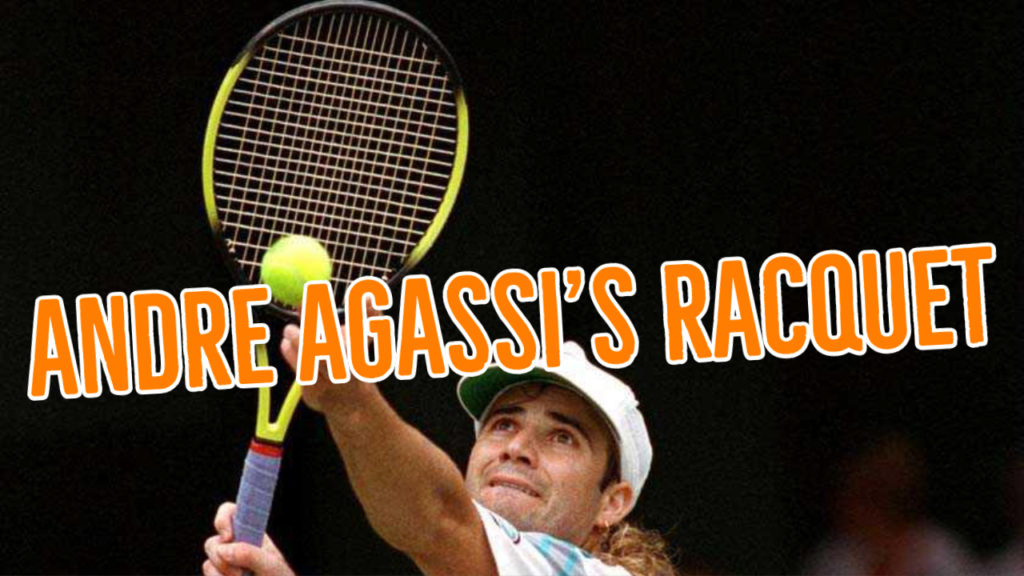
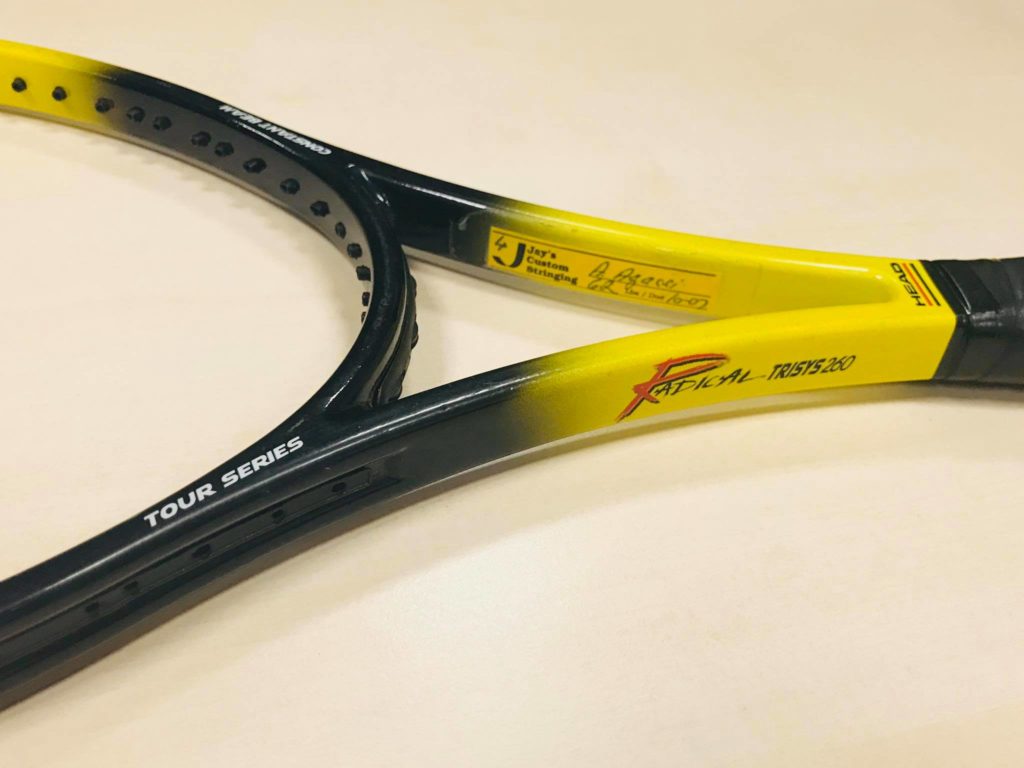
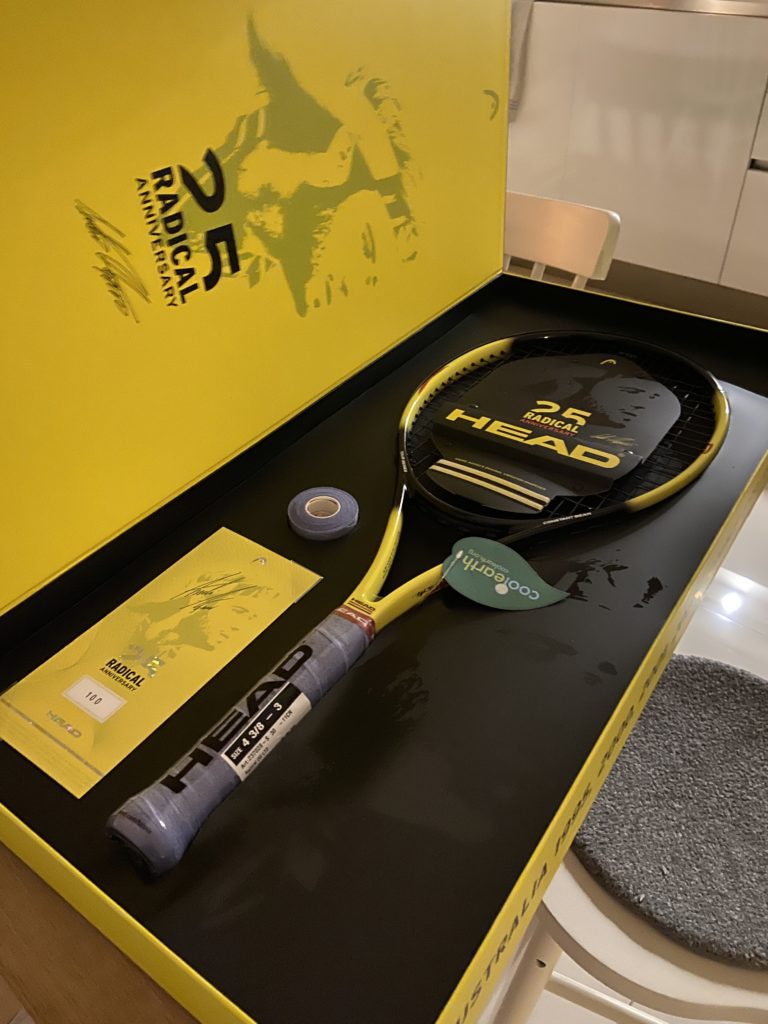
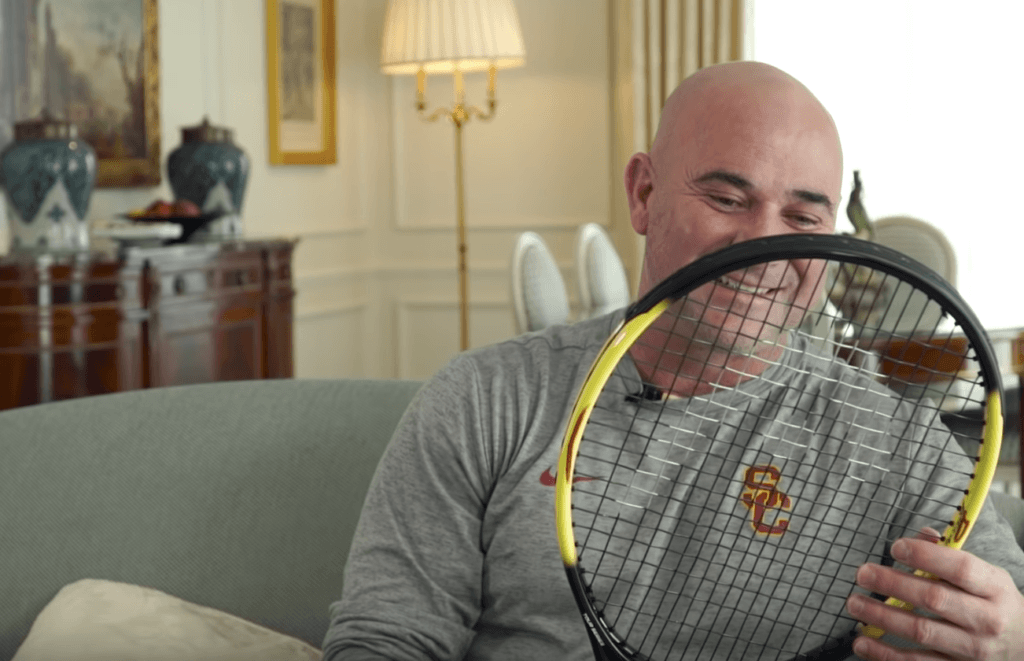
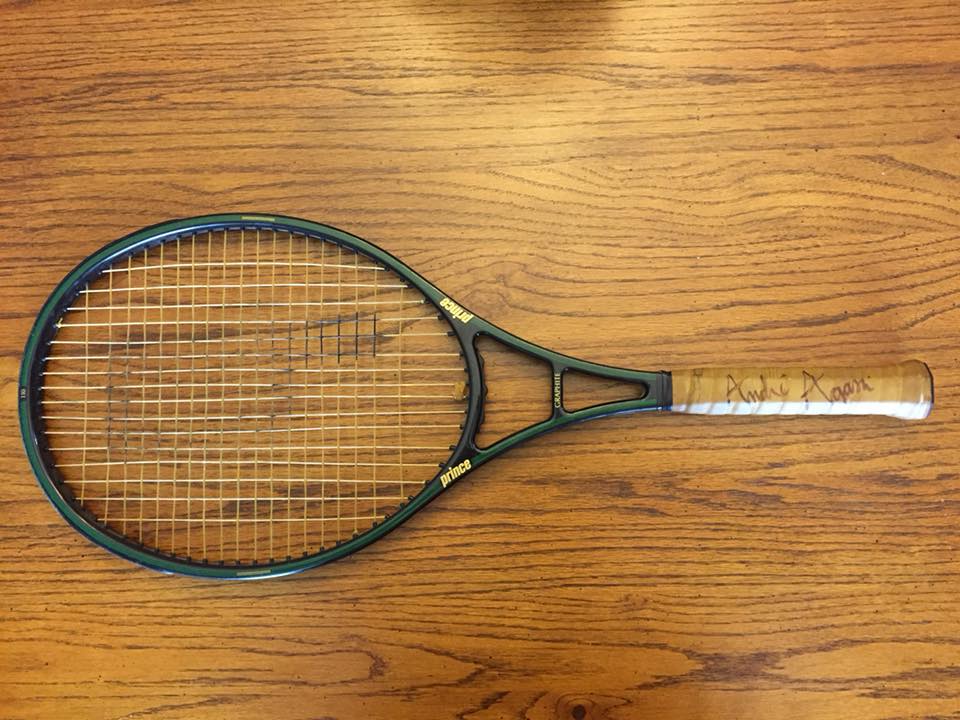
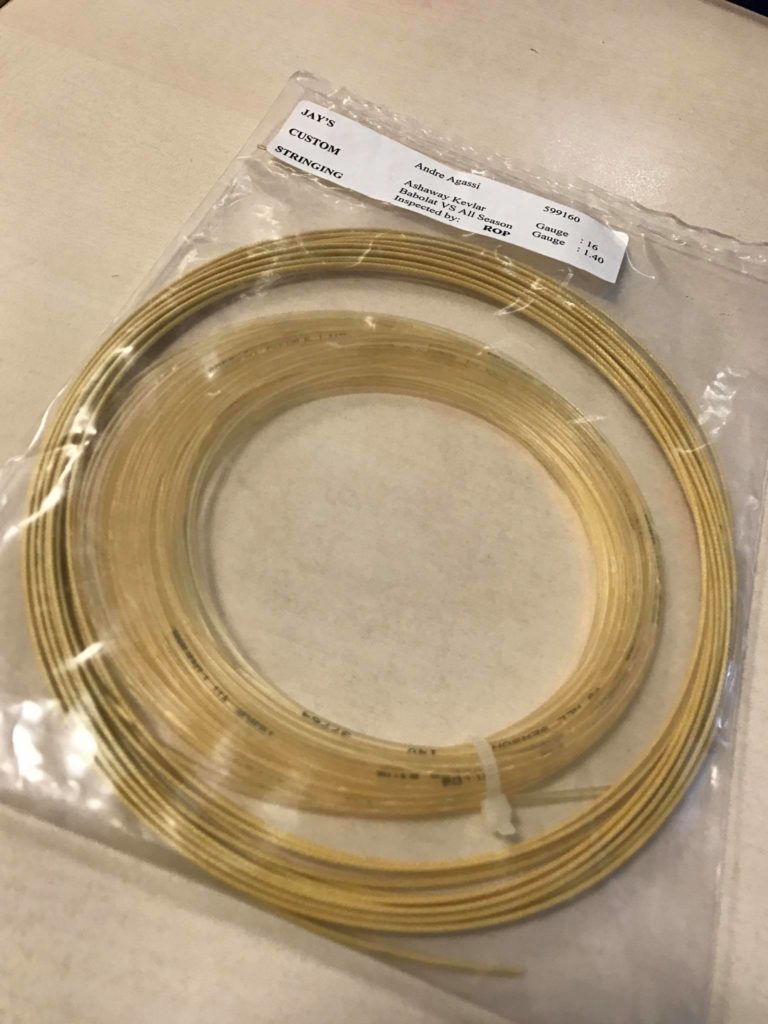
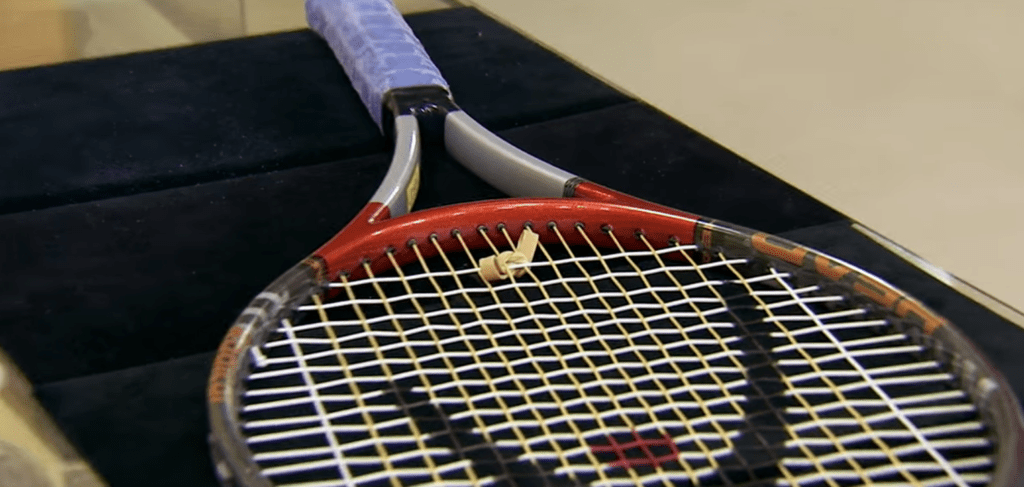
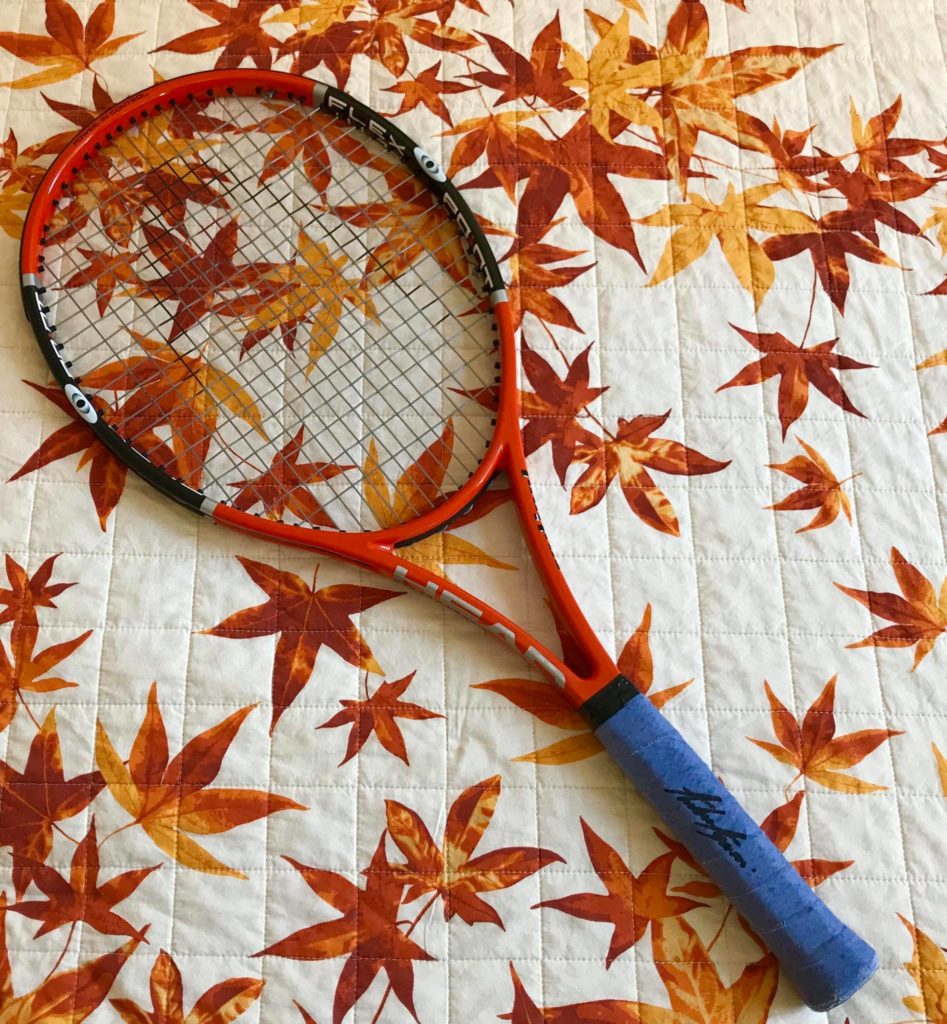


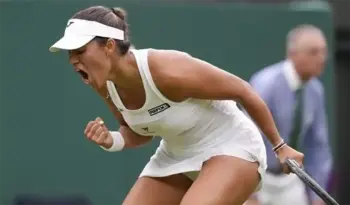

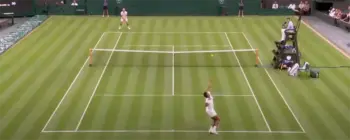
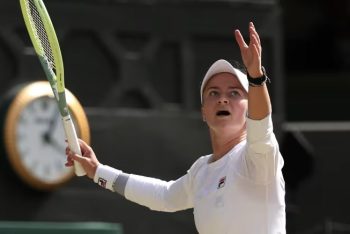
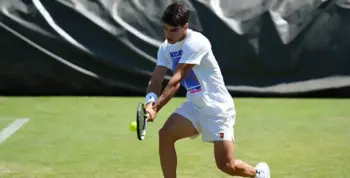

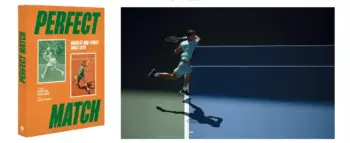
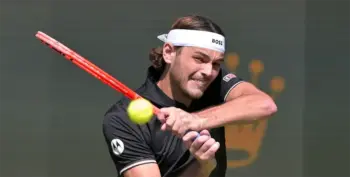

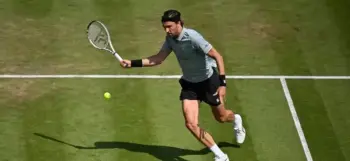
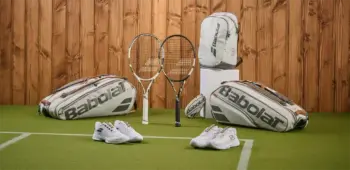


Andre Agassi was one of my favorite players to model my game after. (My game did not get that good.) He was one of the first players I watched and enjoyed oversize rackets from him. Glad you enjoyed the racket.
Hi there.
Very nice to read about this racket.
I have two Donnay pro one OS ltd edition I played with between 90 – 93. The orange and grey one and the blue grey with red Donnay logo.
I should have bought one when its still possible to get one of this bumblebee version…?
But this Donnay versjons I have is 16*19 and about 350-355 g strung with overgrip. It is a bit shorter lenght than 27 inch standard lenght. Do you think this version is what he was actually using?
Do you have any idea what i should string it up with?
Best regards
Jørn
Just a comment about string patterns. Please correct me if I am wrong, but isn’t the density of the pattern (rather than the raw numbers of mains and crosses) that affects how the racquet plays? My Prestige 16x19s are tighter than my Gravity’s 18×20 and are less spin friendly. My Radical OS 18×19 is more open than either of the others (although quite close to Gravity). The 16×19 on my Clash is crazy-open in the bottom 1/3 of the hoop (much more so than the top 1/3), likely causing the stringbed inconsistencies people complain about. Maybe we should be paying more attention to the string spacings of our racquets and less attention to the numbers of strings. My 2¢.
I tend to agree with this, having looked at a variety of my rackets. I would suggest an average cell dimension of the central 25-49 cells is more meaningful. For example, on the Slazenger Pro Braided, which is 16×18 patter, the outer strings are hugely spaced, whereas the central cells are smaller than most 18×20 frames. The outer 2/3 of the frame are fairly irrelevant for judging a racket’s characteristics as the frame will twist so much when hit there. Additionally, the cell shape is important. Most spin rackets seem to have oblong cells with the crosses being well spread out. Quoting either average cell size in the sweetzone like 0.9×0.9cm, or the number of cells in a consistent central area (like 10x10cm), would probably tell you more about the nature of a frame’s stringbed, rather than the raw number of strings.
Whole article about racquet specs—and you never mention the most basic spec: racquet head size?
Oh sorry, it is supposed to be 107 sq inches, but looks more like 104-105 to me.
HEAD used to spec head size on the outer diameter (instead of the now standard inner diameter) or so I’ve read, no? That means older racquets (including from that era) are ~3 sq in less than labeled, so your observation is probably spot on?
Yeah, until Graphene they did that, so hopefully spot on hehe.
I saw a video/short reel today on Facebook with Agassi, where he talk to Leander about Pete where he holds and plays with the Prince Graphite 100.
This reel:
https://www.facebook.com/reel/3857952894435622